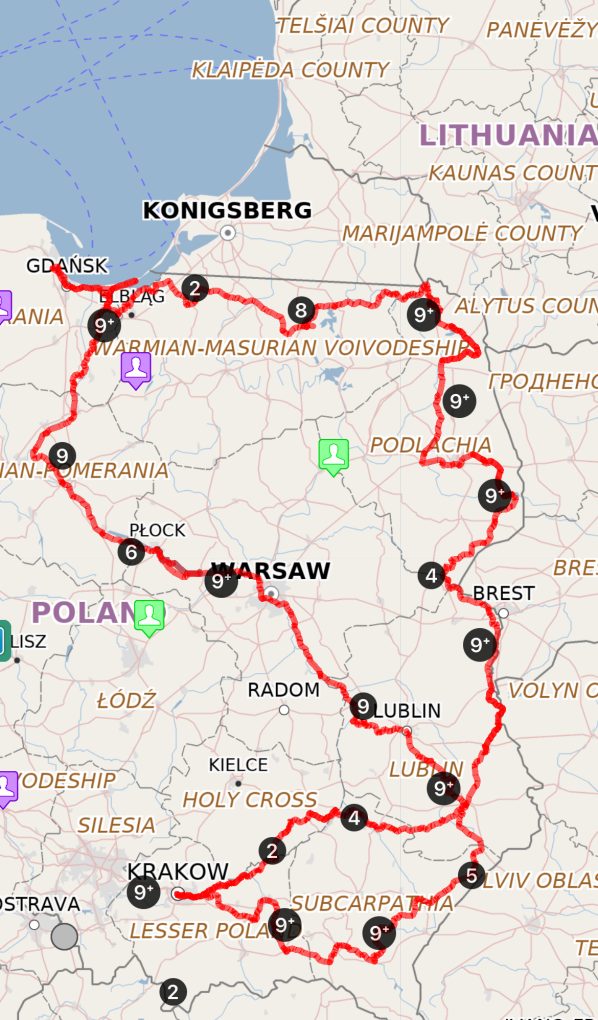
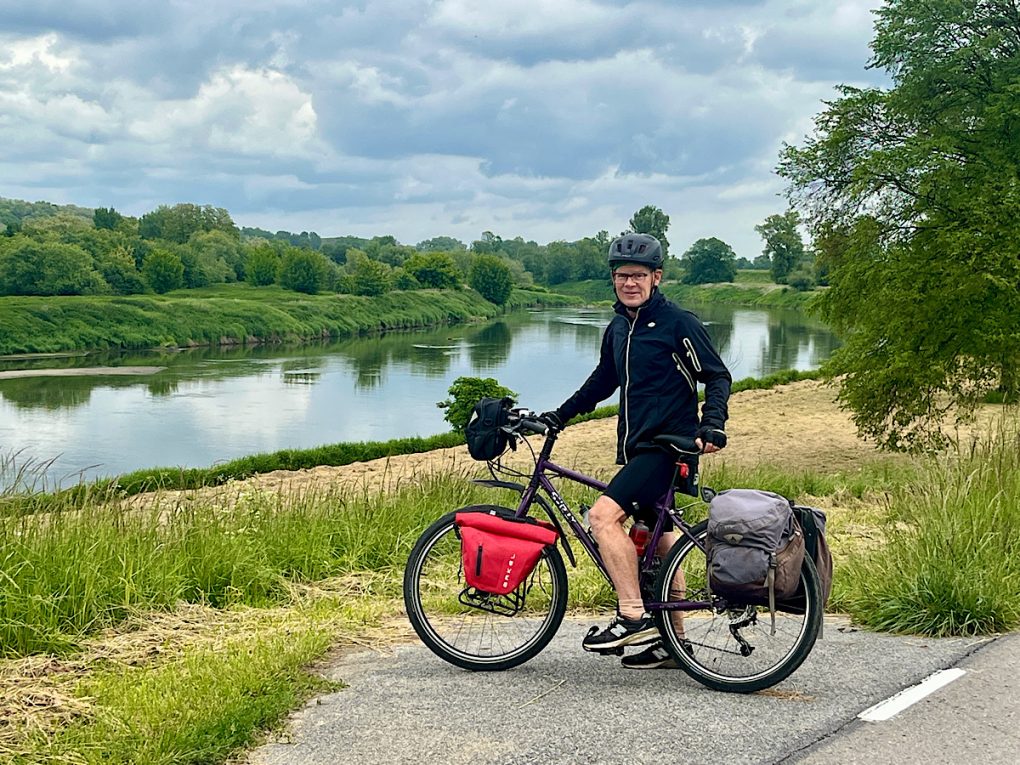

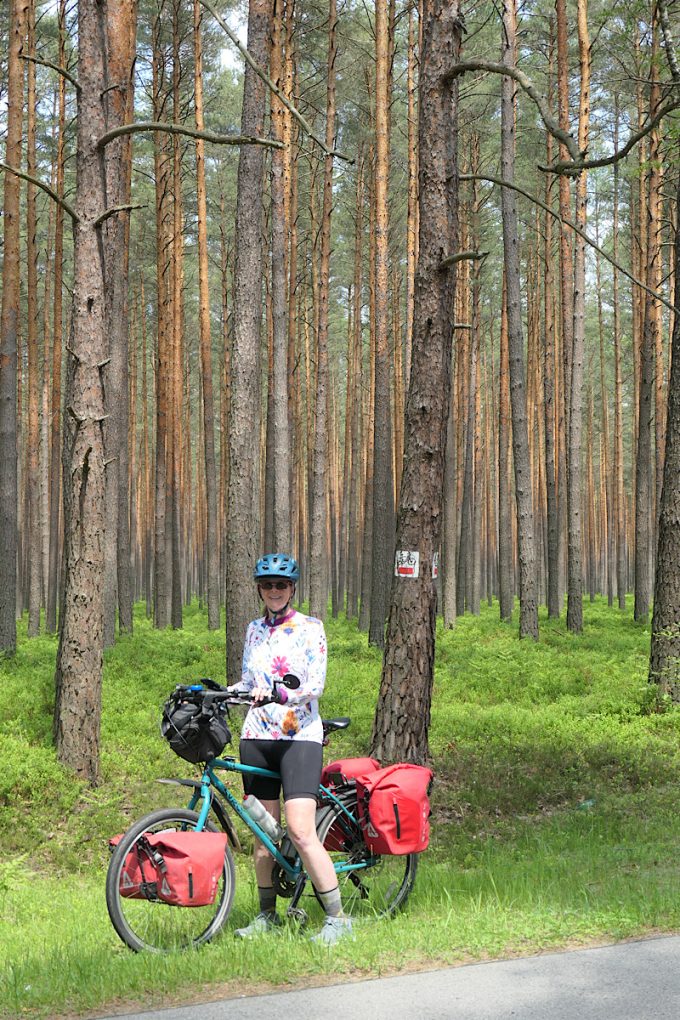
Ruth: We have completed our journey and cycled 3200 kms in Poland. It’s now time to weigh in on the experience of cycling in Poland.
Years ago I did a search about cycling in Poland and encountered reports that complained of either aggressive drivers and traffic, or worse, deep sandy tracks. Two years ago we talked to a cyclist about cycling in Poland on the cycle routes and his only comment to us while shaking his head was, “oh the sand… so much sand.”
Things have changed dramatically in Poland in the last few decades, and I would wager it now compares favourably with some of the better known cycling destinations in Europe. In recent decades Poland has invested heavily in national cycle routes. For example, they spent the equivalent of $100,000,000 Canadian on the Green Velo Route alone. I wouldn’t be at all surprised if the Polish Government has a Ministry of Cycling. We have see the work in action in many places where they are extending bicycle paths beside highways or planning new routes.
One exciting plan is the completion of the cycling route along the Vistula from Krakow to Gdansk. This was the line we followed on our trip. With sections on roads it is is very doable now, but it will be sensational when they finish the planned route. In combination with the Green Velo route, it will be possible to do a long distance loop of roughly 3000 kms around Eastern and Central Poland. Having completed this line with some of our own route planning this loop offers a staggering amount of beauty and history.
The established routes have a MOR (a Polish acronym for a cycling rest station) every 8-10 kms. These always have a covered space to eat, a good bike parking area, information about the area, and sometimes a portapotty. They are great places to seek cover when it rains, or just to relax in the shade over lunch. Camping is not permitted at the MORs, though they obviously serve as late night drinking spots.
In our opinion, road cycling in Poland is comparable to many places in Western Europe. Most drivers are patient and slow down to pass cyclists safely. This includes the trucks. Like anywhere, there are a few idiots drag racing on narrow roads. We mostly stayed off busy highways and found smaller quieter roads. Mornings are always better when it is necessary to take bigger roads. The pace and volume increases around the lunch hour.
Poland has many sidewalks that are shared between cyclists and pedestrians. These usually appear as soon as you enter a town where traffic congestion is possible. Cycling on unmarked sidewalks is also very common in cites and towns. Where there is a sidewalk for cyclists, vehicle drivers will expect cyclists to use it. They may even stop to direct you to it. On the smaller sidewalks it is sometimes necessary to slalom around pedestrians, who may appear unhappy to share the space.
On the Vistula and Green Velo routes there are a variety of surfaces and, yes, occasionally we have encountered sand. Poland is covered in the stuff, but fortunately most of the routes we have taken have only had small bits of deeper sand. Of the 1900 kms on the Green Velo route, almost 1400 are paved. Many of the unpaved sections are hard packed sand or earth with a pretty good surface for rolling. On a couple of days we ran into a few longer sections of washboard gravel. The bumping and vibration really was rough to handle after a few kilometres. At the end of the day I was convinced I had the equivalent of shaken baby syndrome. Mountain bikes are certainly preferable for the rough sections that you can encounter.
For planning a trip in Poland we found the following resources very useful. Wobbly Ride is full of practical advice, and solo travel experiences across the country. The author is Polish but blogs in English and responds to questions you might have. She has cycled extensively in Poland and the Baltics and know many routes. Use VeloPlanner to explore and customize official cycling routes, with detailed surface info, points of interest, and GPX tools. For on-the-ground navigation, VeloMapa.pl (also available as a mobile app) offers an interactive trail map of Poland’s marked cycling routes, campsites, shelters, and downloadable tracks. Unfortunately, the app is in Polish. Green Velo provides detailed information on Poland’s longest and best-marked cycle route, stretching around 1,885 km through scenic “bike kingdoms,” and complete with GPX downloads and cyclist service points. Vistula Cycling Route (Wiślana Trasa Rowerowa) – is about the 230 km paved trail in Lesser Poland from Jawiszowice to Kamień, following embankments along the Vistula with easy gradients and cultural stops. EuroVelo 9 / Vistula Bicycle Route is on the Vistula route stretching from Gdańsk southward, much of it built on flood embankments with beautiful river valley landscapes.
We use Pocket Earth Pro for navigation, primarily because I know how to use it, but every cyclist has their own preference on this.
Finally, we never had bed bugs in two months of travelling, and that is statistically unusual.
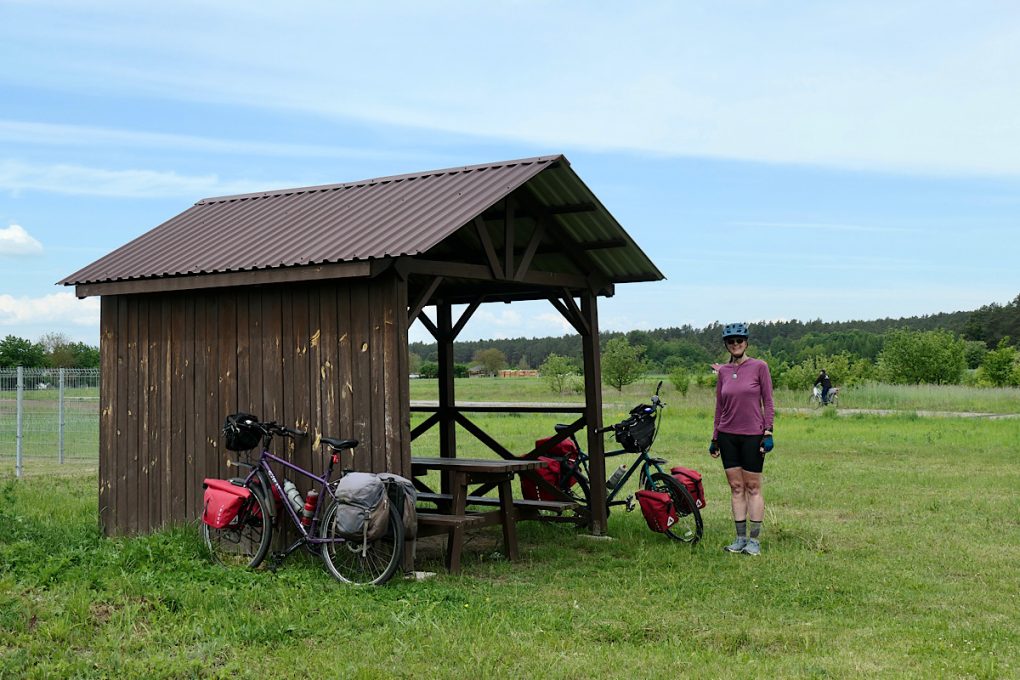
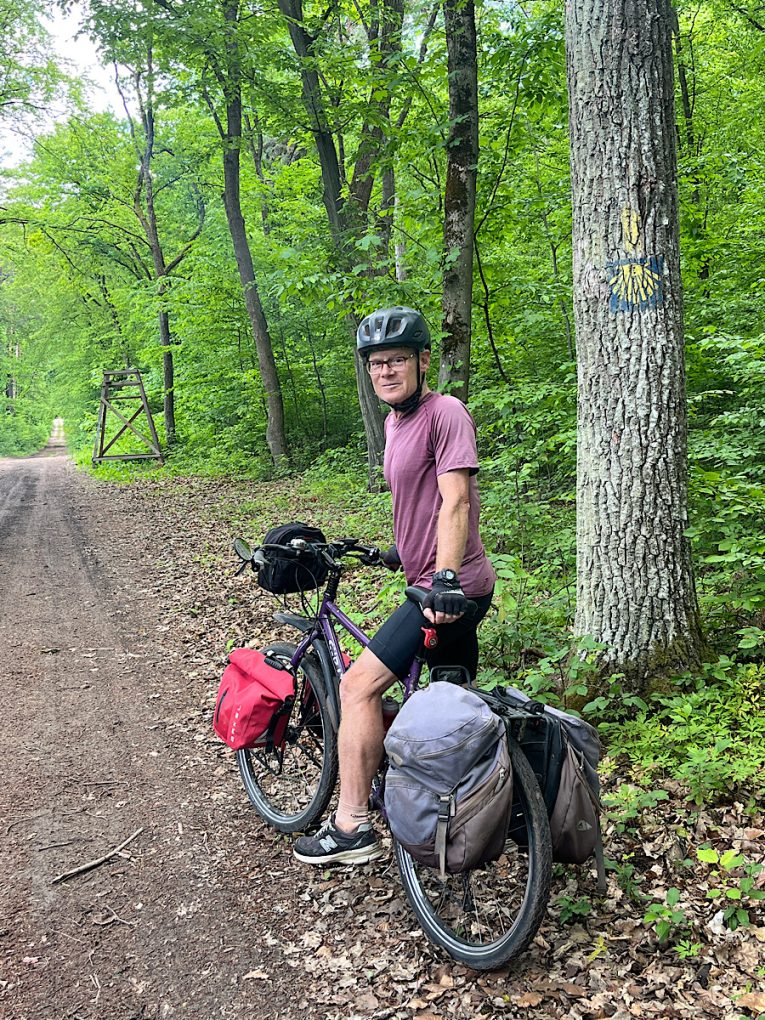
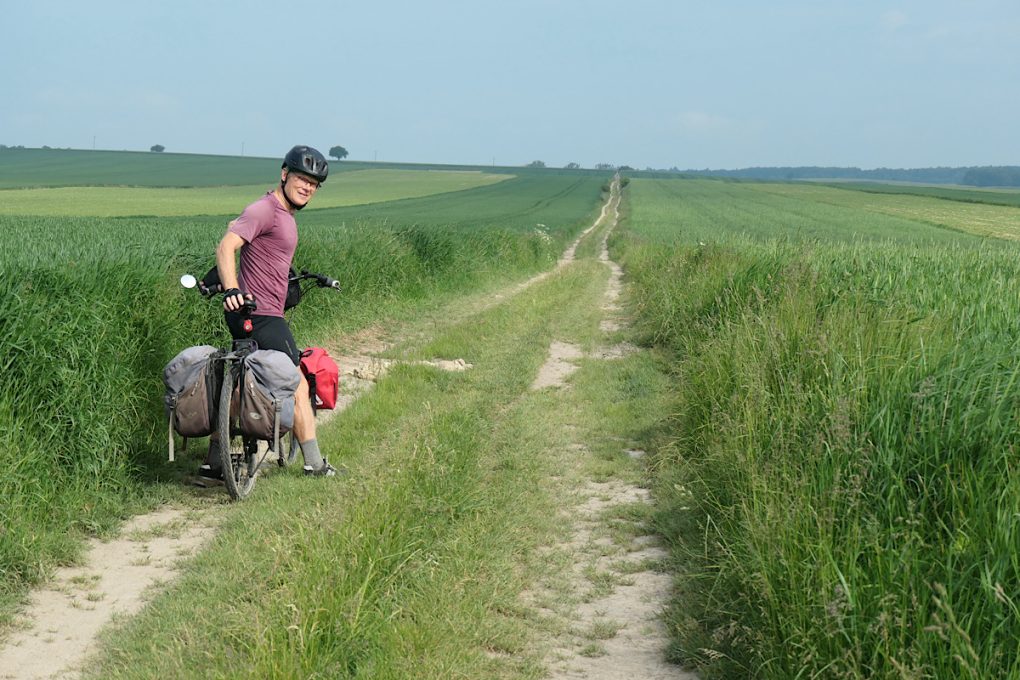
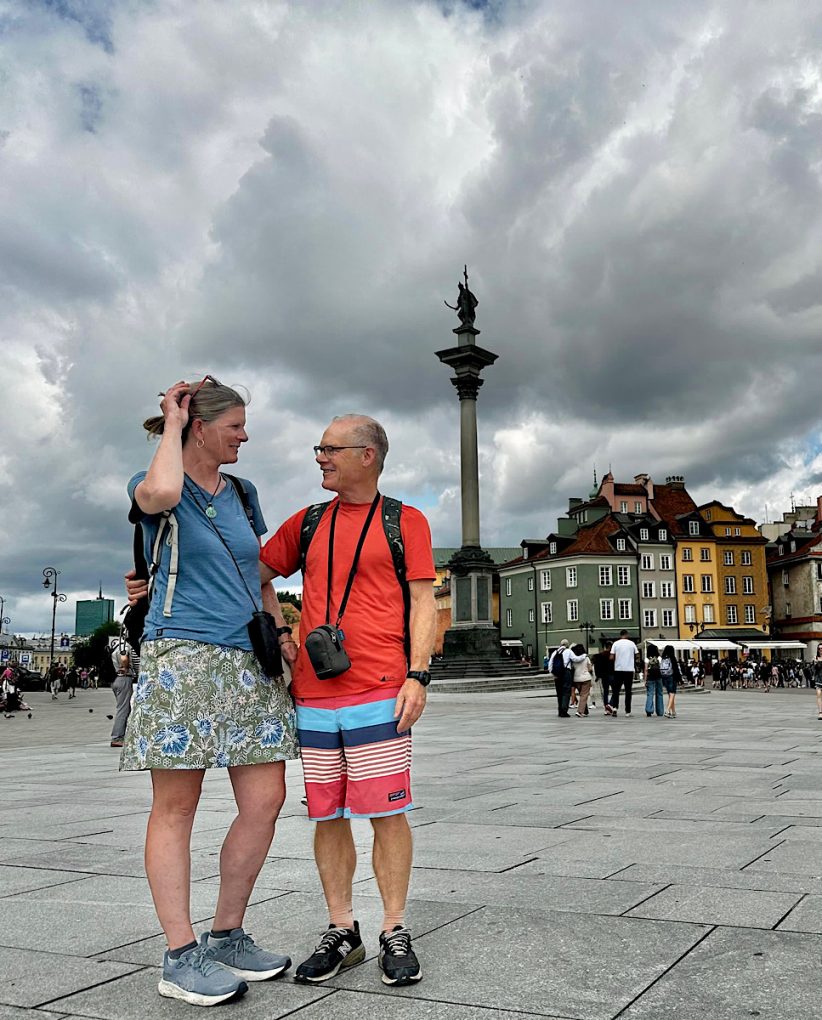
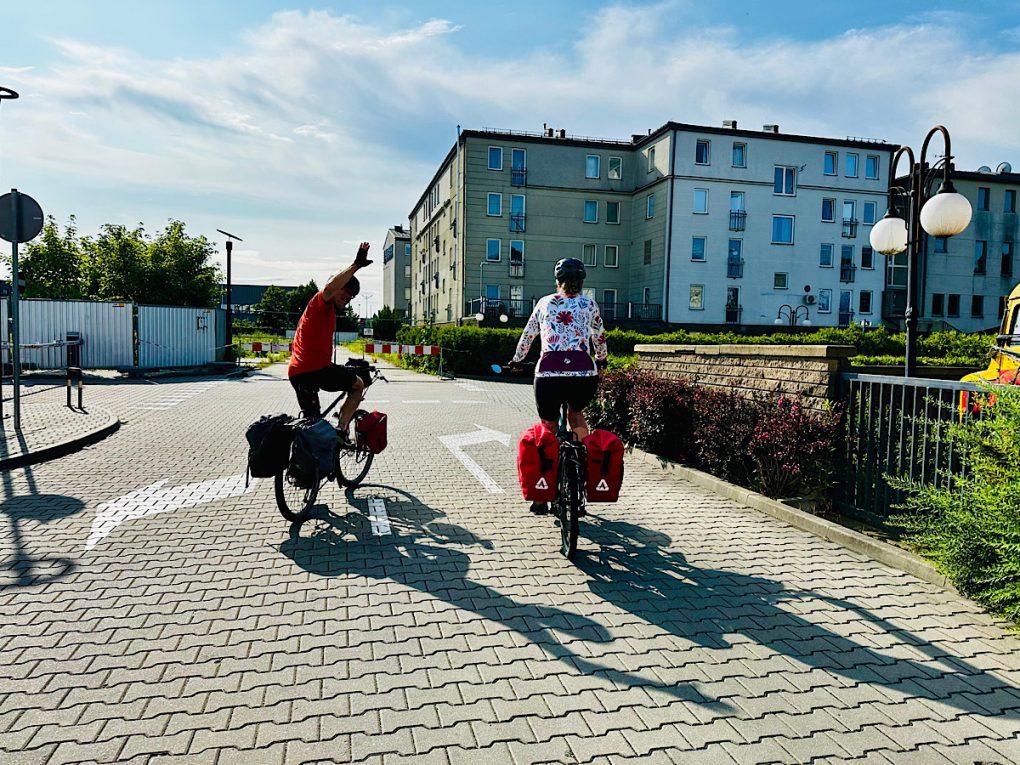
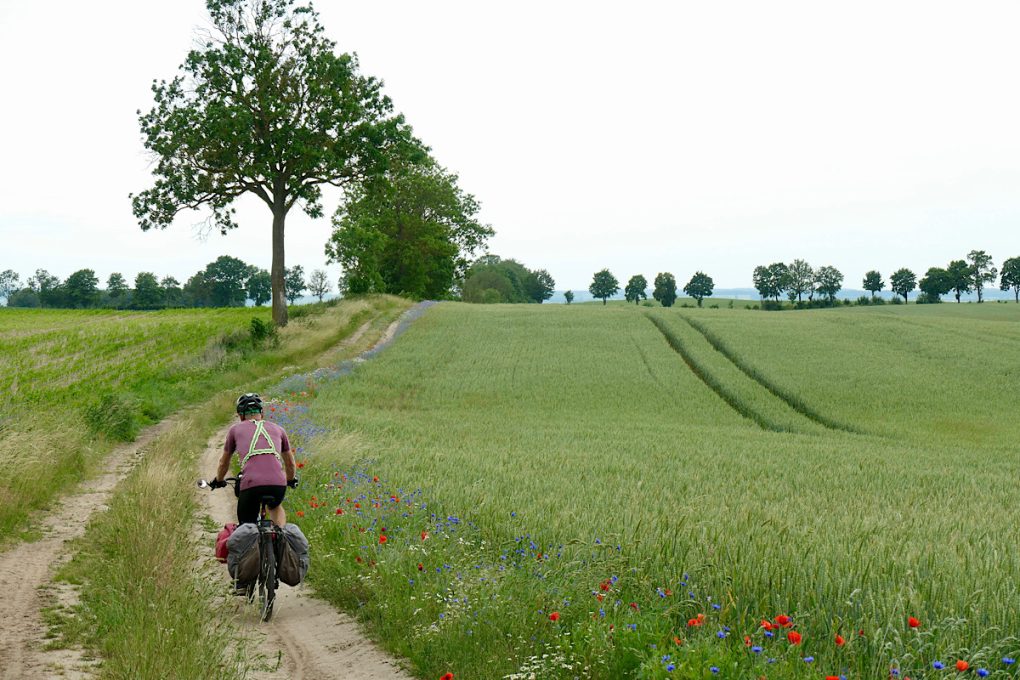
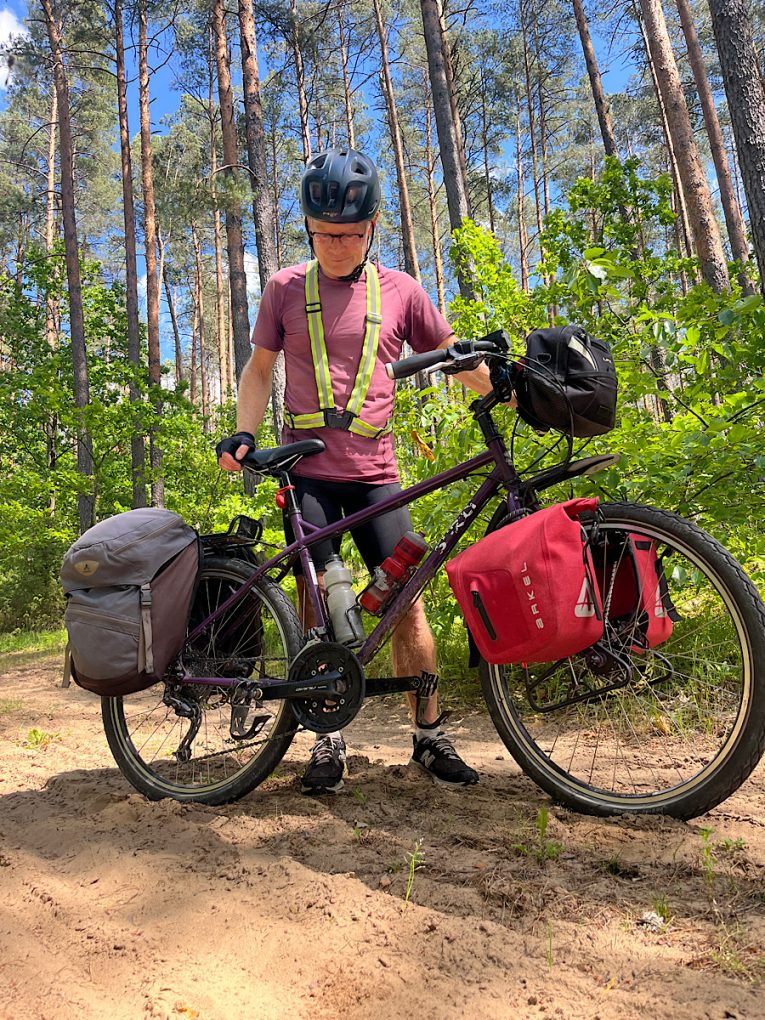
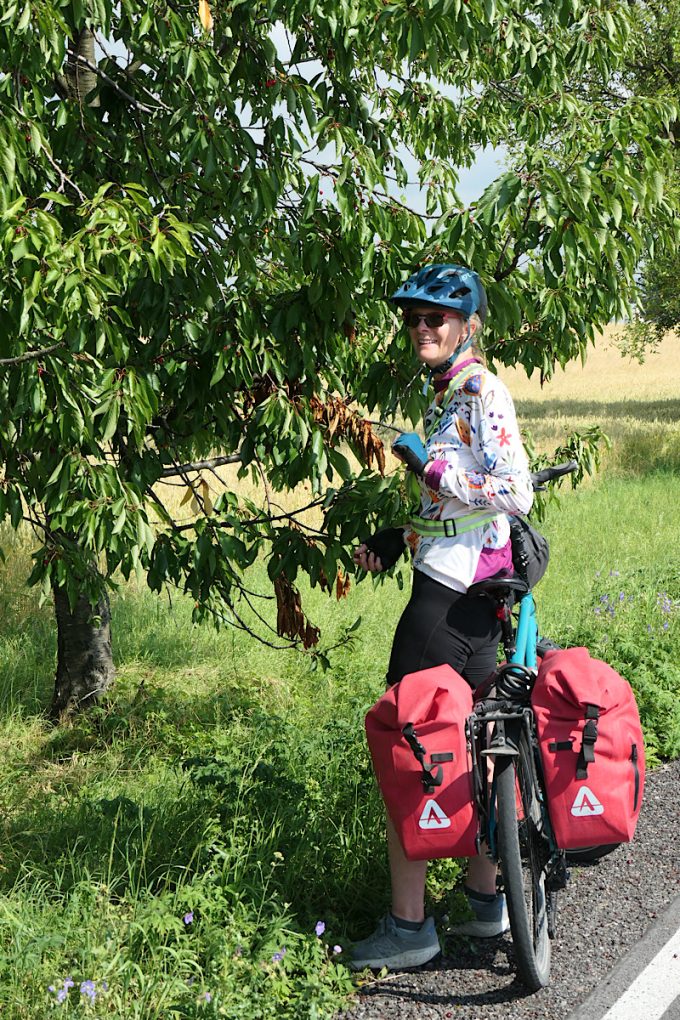
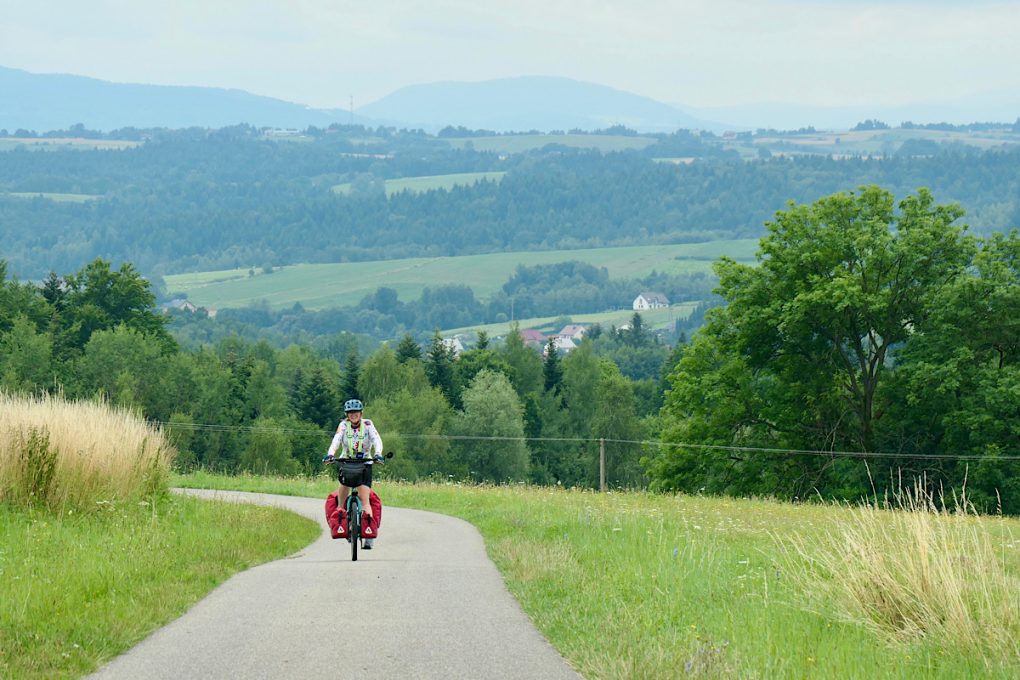
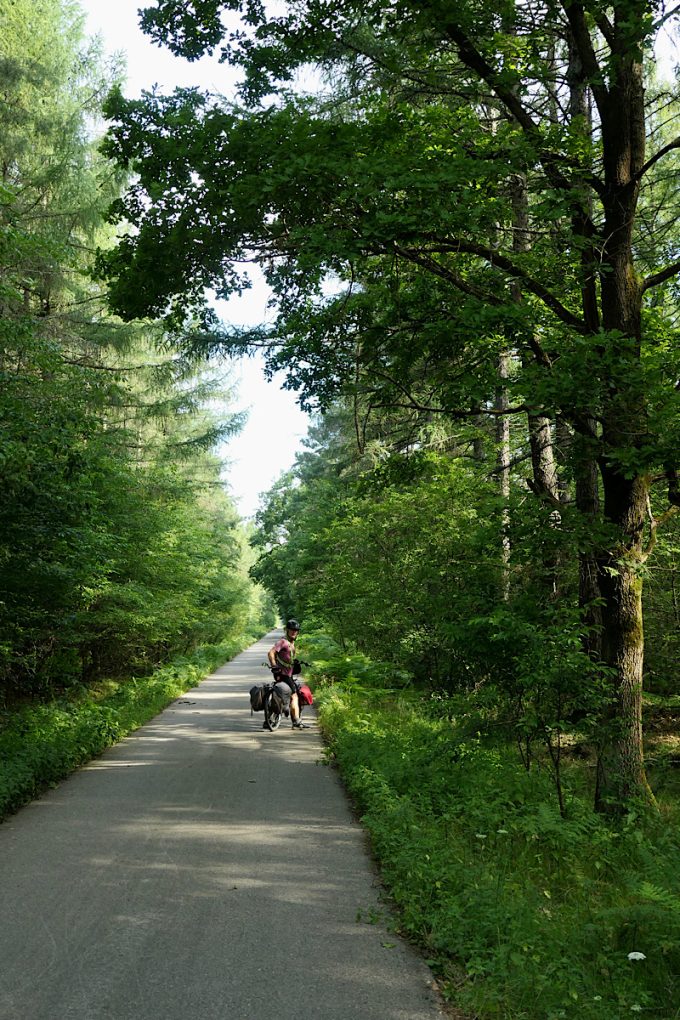

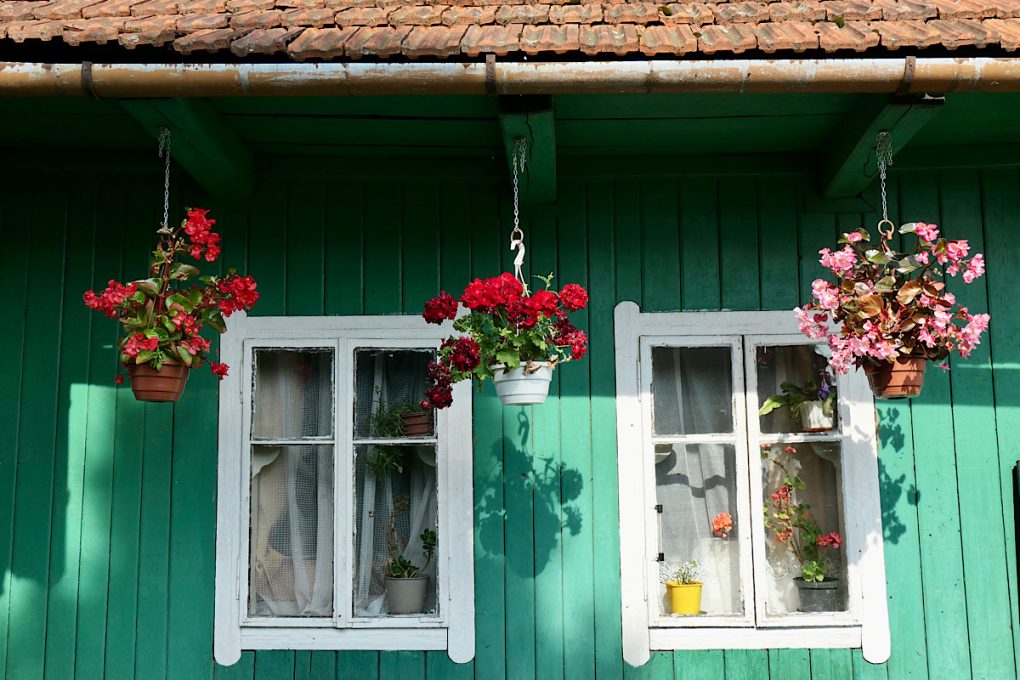

Thanks for sharing your trip. It sounds like a very positive experience.
Thanks for sharing … sounded amazing. Can’t wait to see you when you get home!
Amen.
Thanks for sharing your journey with us.
Safe travels home and we’ll see you soon.
What a journey! Thanks so much for sharing it.
Thanks for sharing your trip. Realy nice. Thanks for the tips.
Mat in Laos this winter.